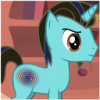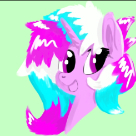-
Similar Content
-
- 0 comments
- 6,635 views
-
- 17 replies
- 13,226 views
-
- 7 replies
- 770 views
-
- 11 replies
- 2,060 views
-
- 0 replies
- 815 views
-
-
Recently Browsing 0 members
- No registered users viewing this page.





.thumb.png.83e037ba7e453fda3377d3d6caa2743d.png)

Recommended Posts
Create an account or sign in to comment
You need to be a member in order to leave a comment
Create an account
Sign up for a new account in our community. It's easy!
Join the herd!Sign in
Already have an account? Sign in here.
Sign In Now